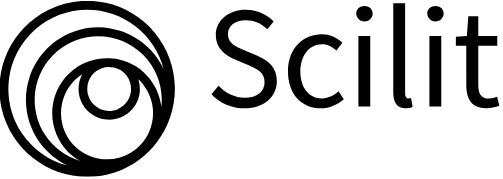Recovery of Waste Engine Oil Using Vacuum Distillation: Effect of Solvent Pre-Treatment
DOI:
https://doi.org/10.26555/chemica.v12i3.440Keywords:
Waste engine oil, Solvents, Vacuum distillation, Base oil, FuelAbstract
The purification process of used engine oil, which involves vacuum distillation preceded by pretreatment using chemical solvents such as acetic acid and sodium hydroxide (NaOH), has been studied to improve the quality and efficiency of base oil recovery. Pretreatment was performed using varying solvent concentrations of 5%, 10%, and 15% (v/v) and incubation times of 24, 48, and 96 hours. The primary objective of pretreatment is to decompose polar contaminants and break down complex compounds, making them easier to separate during the distillation stage. The vacuum distillation process was carried out at a pressure of -70 cmHg and a temperature of 230°C, allowing separation of fractions based on differences in boiling points. Experimental results showed that the average density of the base oil distilled from motor oil was 833 kg/m³ and from car oil was 840 kg/m³, approaching the characteristics of new oil. Optimum conditions were achieved by pretreating with 15% v/v acetic acid for 48 hours, resulting in the highest base oil yield of 45.0%. However, NaOH solvent produced more precise visual results, indicating a better ability to bind polar impurities. Chemical component analysis revealed that the main compounds of the new oil, such as octanoic acid, 1,2,3-propanetriol, and glyceryl tridecanoate, were not present in the distillate because they underwent thermal degradation to alkanes and cyclic compounds. On the other hand, additives such as pentatriacontane, hexacosane, and tetrapentacontane-1,54-dibromo were still detected, proving their thermal stability.
Downloads
Published
How to Cite
Issue
Section
License
Copyright (c) 2025 Universitas Ahmad Dahlan

This work is licensed under a Creative Commons Attribution-ShareAlike 4.0 International License.











